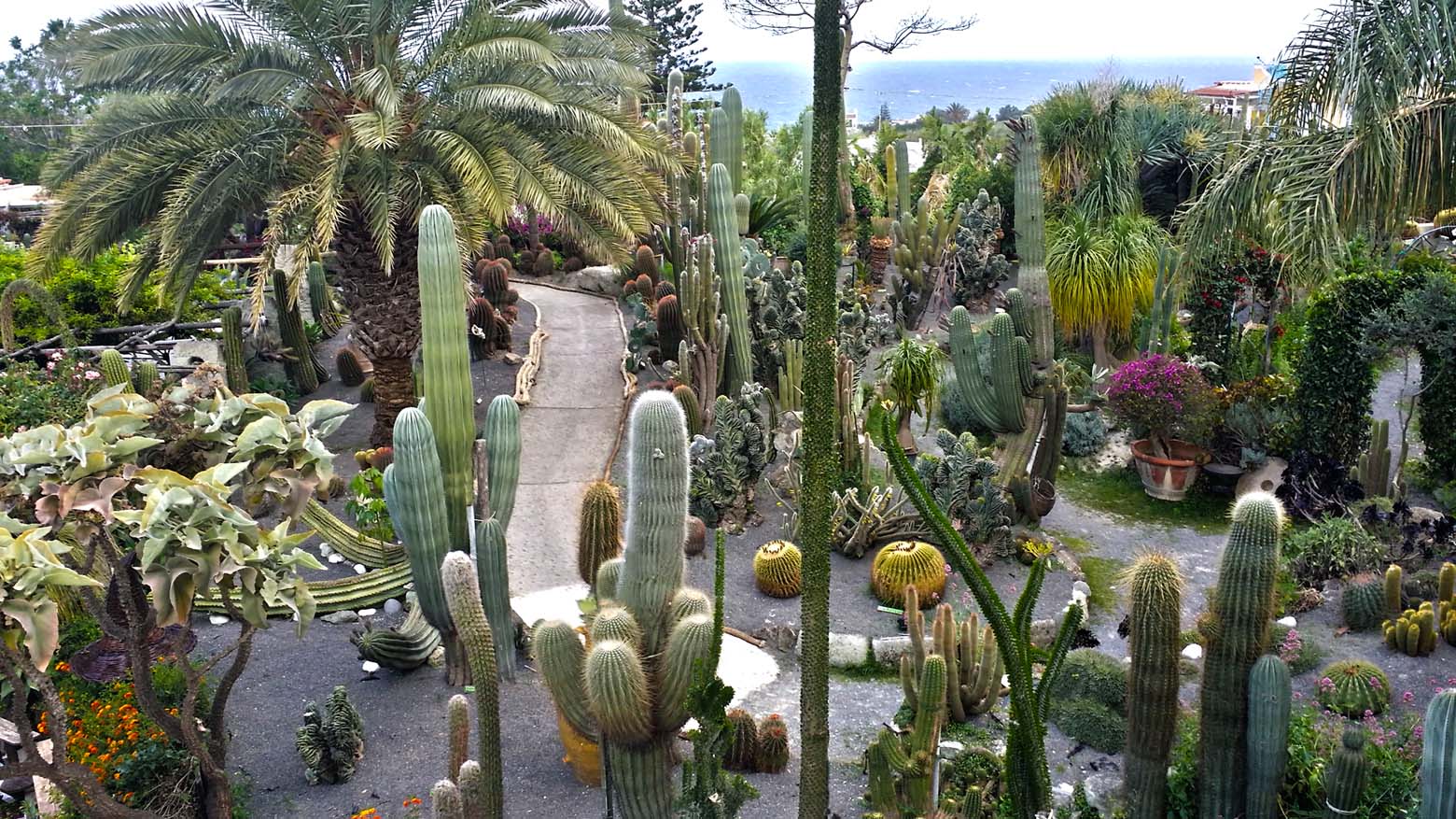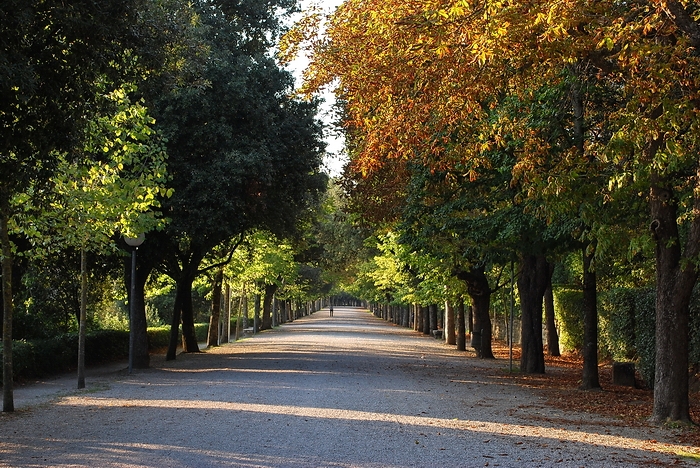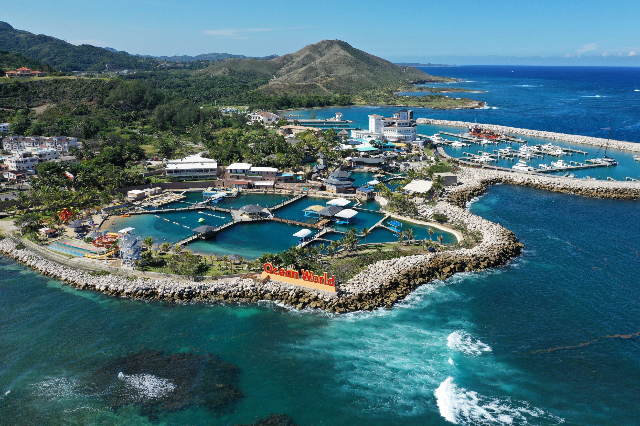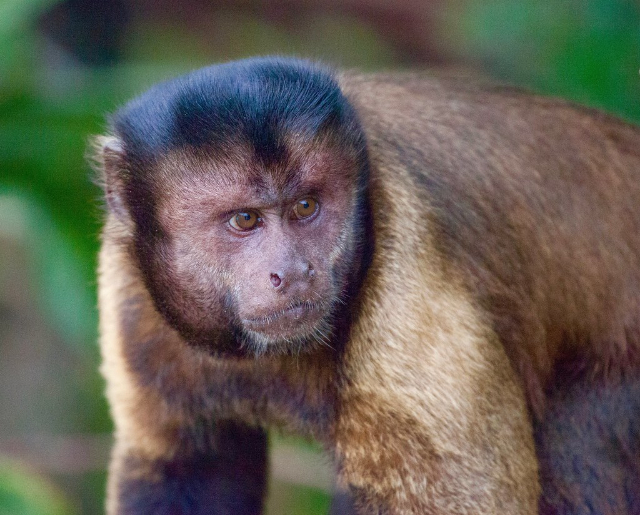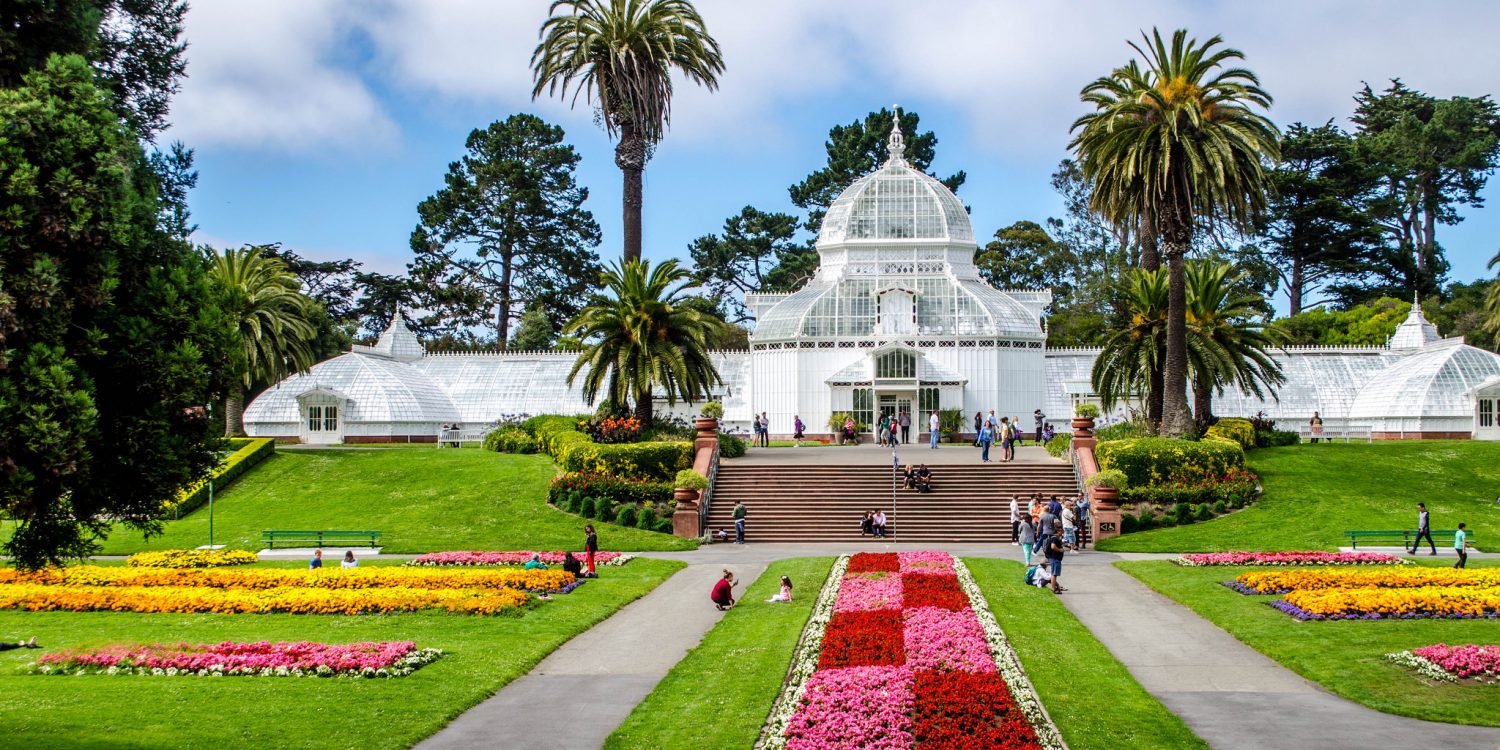The Ravino Gardens are a botanical park of acclimatization, which collects in 6,000 square meters the largest and most varied European collection of succulent plants, put together by Captain Giuseppe D’Ambra in over fifty years of passion and framed by the exuberant Mediterranean flora. Every year the collection is enriched with new specimens from all over the world, while those already acclimatized become more and more majestic: the sea prospective and the west exposure of the site allow an ideal setting and growth for exotic plants and the light of the sunset enhances the sculptural forms and color contrasts of over 400 plant species.
Among the succulent plants (commonly known as "succulents"), Cacti of every shape and form, but all with splendid flowering and edible fruits, reign supreme: Cereus colonnari, globular Echinocactus and cylindrical Ferocacactus, climbing Selenicereus, drooping Aporocactus, creeping Stenocereus, downy Espostoa, Pachipodium and Pereskie, the only cacti with leaves. But there are countless other succulent plants belonging to the most diverse botanical families: Sedum, Sempervivum, Crassule, Calanchoe, Agave, Aloe, Palms, Zamie, Macrozamie, Chorisia, Nolina, Ciphostemma …. Among the Mediterranean plants we include a large collection of citrus fruits, several specimens of carob trees, strawberry trees, olive trees, a small organic garden whose products can be tasted at our Cactus Lounge Cafè, a wide representation of aromatic plants: lavender, thyme, oregano, marjoram, mint, damask rose and several varieties of fragrant pelargonium.
The original collection of succulents, improperly known as "succulent plants", alternates with exotic specimens from the multicoloured ecosystems overseas. Gigantic saguars, secular cacti of incomparable height, indispensable extras of every self-respecting western, have found in this part of the Mediterranean their ideal residence. Cycadee, palms, musaceae, alternate with the gigantic grusoni, known also with the ironic denomination of "mother-in-law’s pillows", due to the globular conformation and the constellation of sharp spines. Ferocactus, agaves, aloes and prickly pears intertwine, in a setting of portentous charm, with the typical Mediterranean scrub, in a setting devoted to eco-sustainability where it will not be difficult to observe peacocks and rabbits in complete freedom in this amazing and fascinating scenario. In one corner of the garden there are two specimens of what is considered the most important botanical discovery of the last century: the Wollemia nobilis, an extremely rare plant specimen whose fossil traces date back 90 million years. A conifer of the Jurassic era, considered extinct until 1994, when it was rediscovered in Australia in a wood of the Wollemi National Park.
